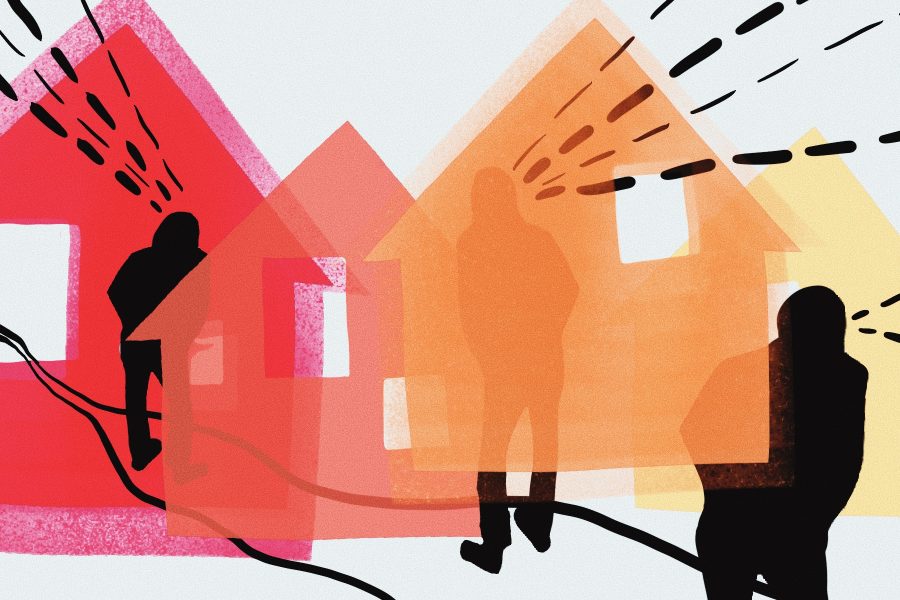Sustainability. It’s the spirit of the times and it resonates particularly strongly with college students. But what does a sustainable city look like? Solar panels on every home? Electric, autonomous cars running down glow-in-the-dark highways? I’d argue, probably not. To me, a sustainable world is right on our doorstep — a glimpse into a sustainable world is our beloved West Campus.
So, what makes Austin’s student neighborhood a model for sustainability? Well in short, it’s all about density, mixed-uses and walkability.
West Campus hits all three and our lifestyles revolve around using the greenest modes of transportation — walking, cycling and transit. And even when West Campus residents do use a car, the trips are generally short and therefore have lesser carbon emissions than suburban trips.
Our neighborhood’s urban form has encouraged us to lead greener lifestyles, without even making us work for it. That is, it’s easy to live sustainably in West Campus and that’s a real success in a society that’s seemingly paralyzed by the environmental crisis.
But how sustainable is the West Campus area really? I made a Qualtrics survey that probed student transportation patterns.
Based off of 95 respondents, I found that about 80% of all trips to and from the University are made on foot, by car 3%. Of West Campus residents, only about 60% of people have a car with them, and when drivers do drive, they tend to drive about 1.3 hours per week.
Compare that to your average Austinite’s 8.7 hours per week. This research is in line with global research connecting population density with drastic drops in transportation energy usage. Per person, residents of dense cities like Paris use significantly less energy to get around than sprawled places like Houston. What’s clear is that urban density is crucial to building an energy efficient planet.
The zoning laws — laws that govern what can be built where and how — that overlay West Campus have also emphasized creating a pleasant streetscape. For example, new buildings must include 12-feet-wide sidewalks, maintain street trees and provide trash cans and benches.
Furthermore, new parking garages are required to be at ground level and be accessibile — which is why we have a Pluckers on Rio.
As opposed to another urban form where we all jostle in metallic boxes, competing for limited road space, getting road rage at strangers we can only honk at, the urban form of West Campus is much healthier and humanistic.
Is West Campus a perfect example of sustainability? Not quite. I still have gripes and wish there was a bike lane on 24th to connect the Rio bike lane with campus. I wish there was some form of rent control and more affordable housing. Prices for standard apartments such as studios or two bedrooms can be steep, costing more than an apartment would in other areas of Austin.
And I also think that having some office buildings would help the street shops in the neighborhood. Several businesses have folded this year alone near West Campus, most notably on The Drag. While students may like these shops, due to limited student budgets, they are often not able to frequent them enough to keep them in business.
But most of all I wish there was a block which was designated as a park so that we could all get some fresh air and space when we inevitably need it. If West Campus’s future includes these things I think that it would become the model urban neighborhood in the state.
Quist is a civil engineering senior.





















